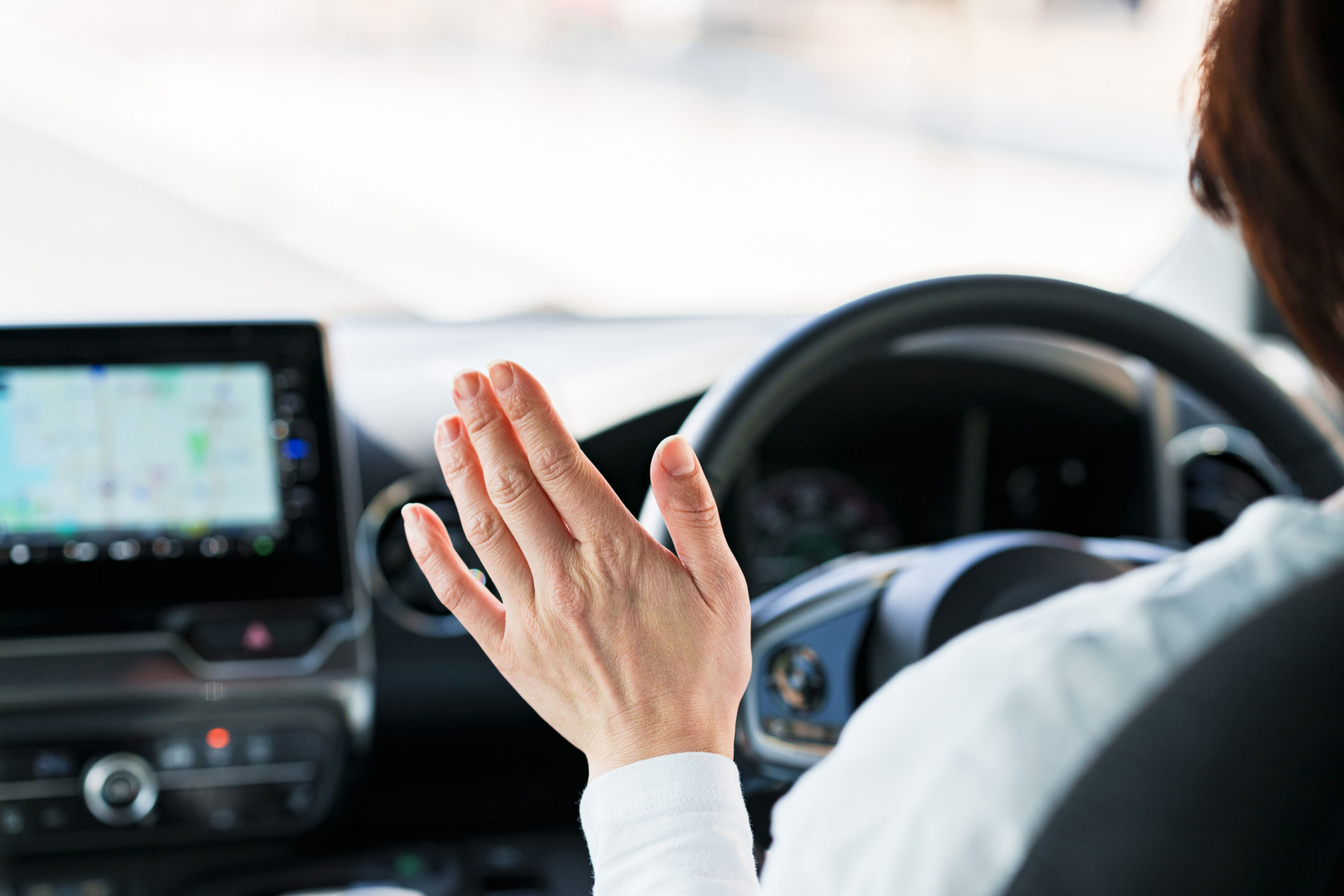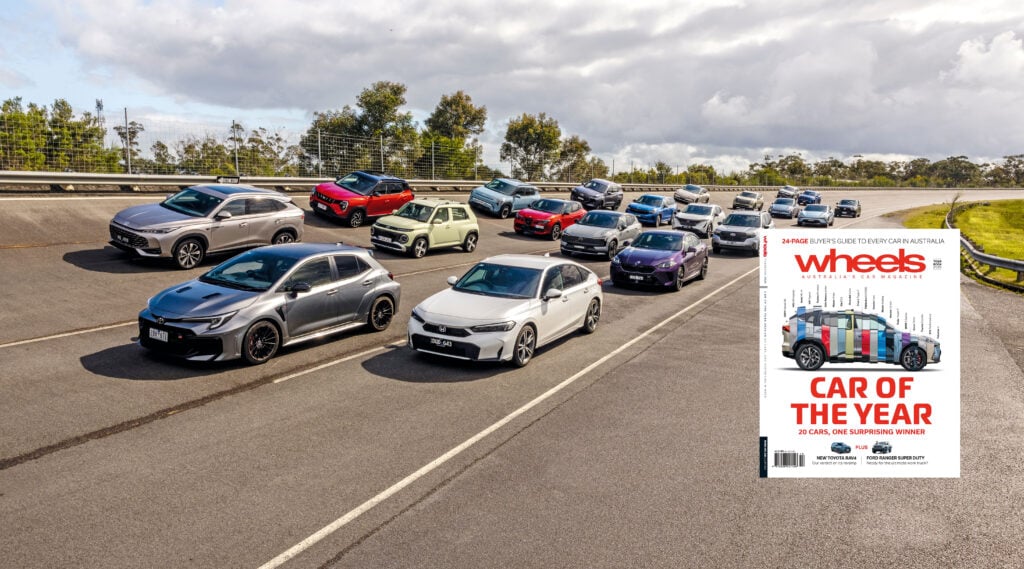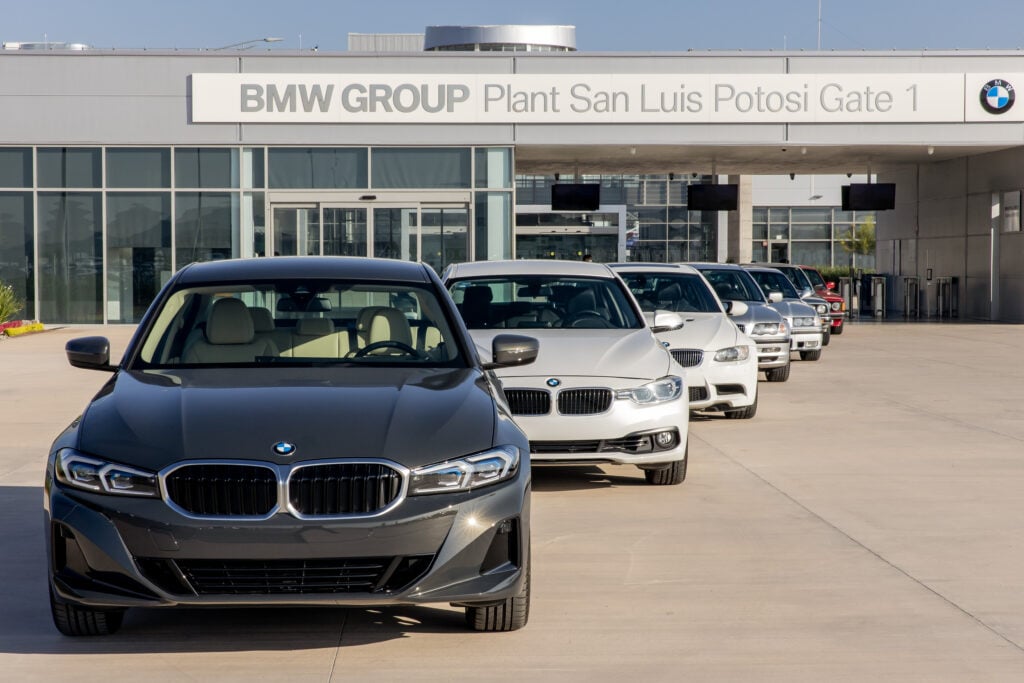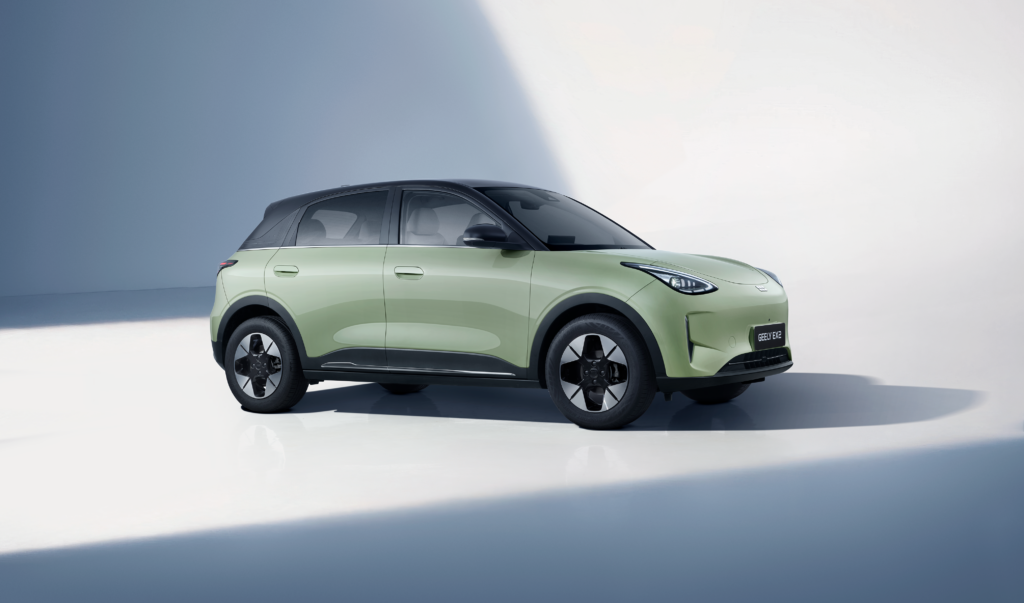According to research from Charles Darwin University, a future built on the prospect of self-driving cars will be cruelled by Australian traffic laws.
The study examines the ‘driver dilemma’ in Australia: how road traffic laws are specific to human drivers, and how this legislation has limited application to automated vehicles that can drive without human input.
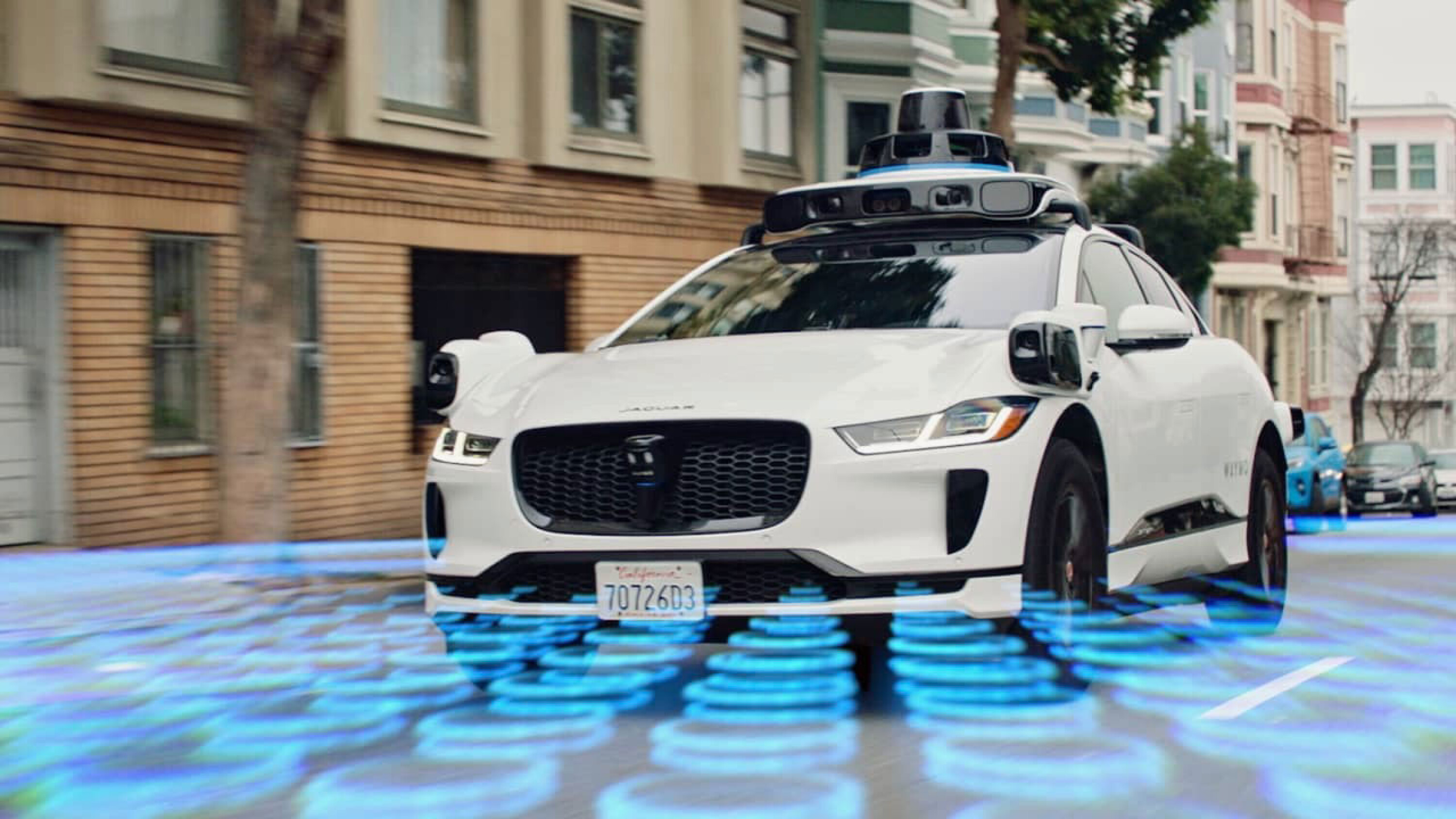
The authors from Charles Darwin, the Queensland University of Technology and the University of Newcastle found that in Australia, most legislative powers to stop vehicles are subject to a human driver.
For example, legislation in both South Australia and Queensland specifies a driver as a ‘person’ and an authorised officer to direct a driver to stop their vehicle – but what if a person is not in control of the vehicle?
“The driver dilemma can be strongly identified in these stopping powers, all of which are addressed to the ‘driver’,” lead author and CDU Senior Lecturer in Law Dr Mark Brady said.
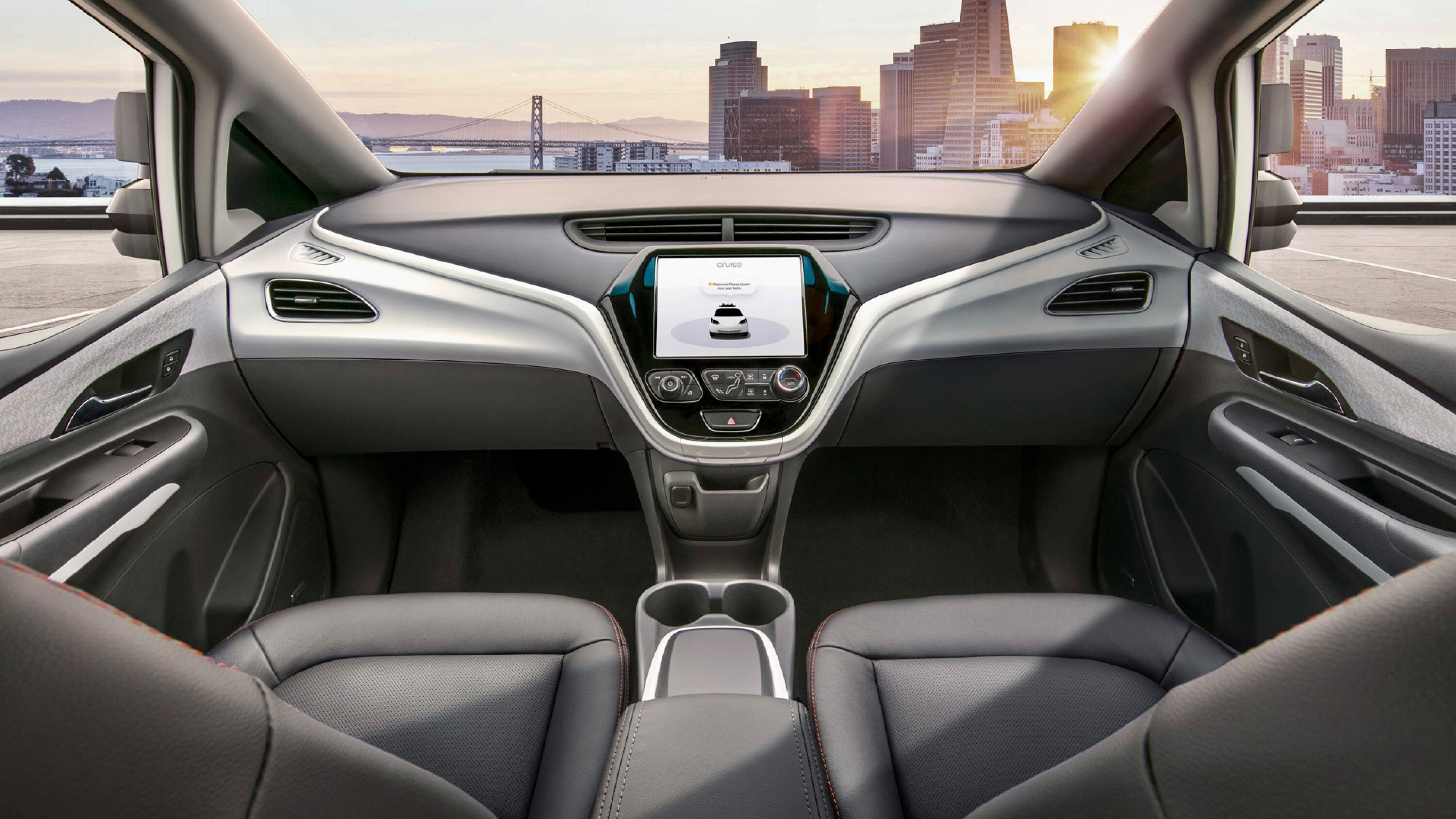
“Powers directed to drivers to stop vehicles are problematic when applied to automated vehicles where the automated driving system cannot at law be considered a driver.”
But in some other states, passenger transport legislation is vehicle-centric and not dependent on a driver. In New South Wales, taxi and hire car legislation specifies that authorities are allowed to stop a motor vehicle irrespective of who is driving.
Dr Brady said that given the potential uptake of driverless vehicles in the future, passenger transport legislation should be used as a template to adapt road traffic laws to include automated vehicles.
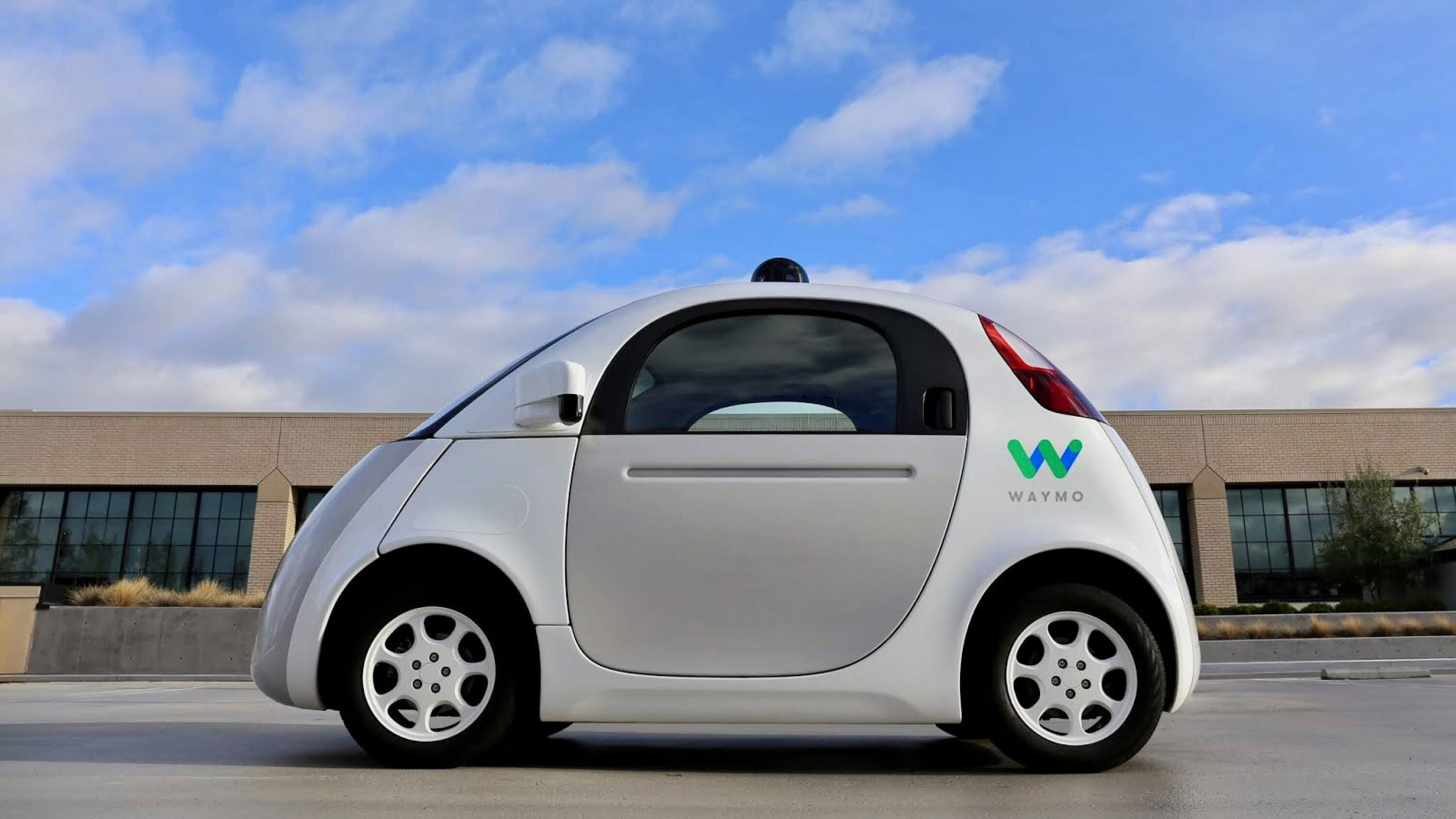
At present, there is no framework for automated vehicle legislation, though the Australian Government was developing one as of 2024.
“There is a suggestion that the familiar ‘rules of the road’ will not be needed in an automated vehicle future,” Dr Brady said. “However, in this future roadside enforcement would still need powers to stop vehicles. As automation increases, it becomes more problematic who is the driver, in fact and in law, for the purposes of international and national road traffic laws.”
While Australian roads are yet to be driven on by self-driving cars, the United States has a number of self-driving tests, including Google’s Waymo, which operates a number of Jaguar I-Paces and Chrysler Pacificas in its fleet for ride share use. General Motors is also testing autonomous vehicles in California.
Do you think that Australian roads are ready for self-driving cars? Let us know in the comments below.
We recommend
-
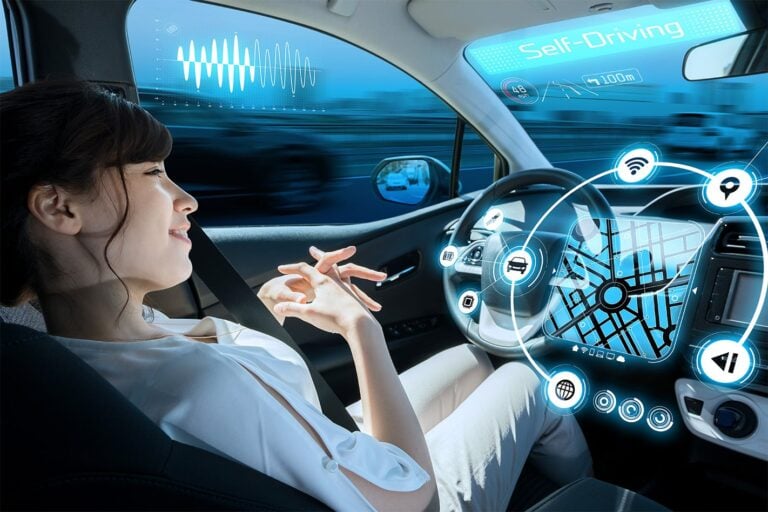 Advice
AdviceAutonomous Cars: the different levels of autonomy explained
Where are we really on the road to autonomy? And with all these self-titled ‘self-driving’ systems around, what counts as a truly autonomous car?
-
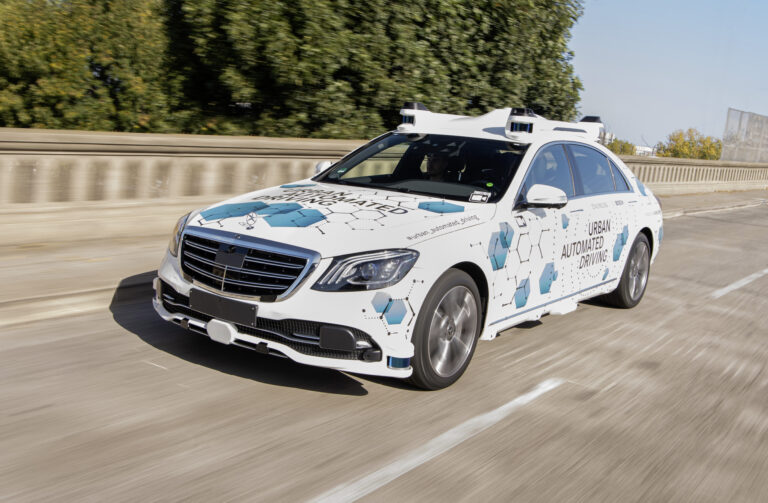 Features
FeaturesThe Autonomy Dilemma: are we ready for self-driving?
The technical challenges of full autonomy are vast. But the issues of ethics and ultimate responsibility are arguably even more complex
-
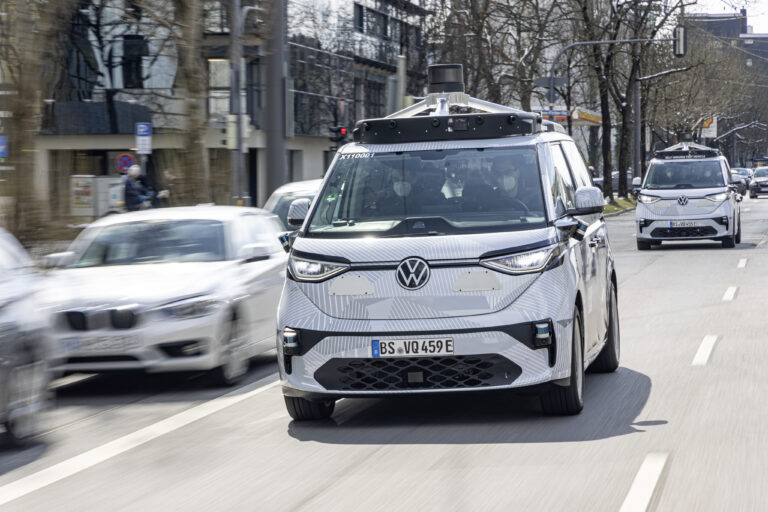 News
NewsVW self-driving commercial vehicles are coming by 2030
We’ve been watching self-driving car development for years, but Volkswagen says it’ll be a reality by the end of this decade


